+13 °C, +13 °C ... +26 °C Tomorrow:+25 °C
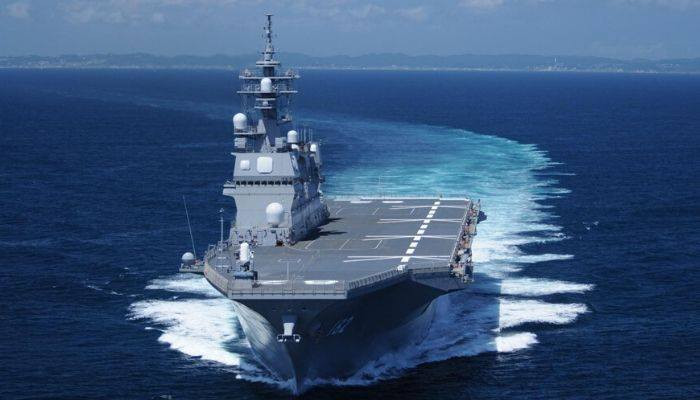
It’s a universal truth handed down since antiquity: a country with a coastline has a navy. Big or small, navies worldwide have the same basic mission—to project military might into neighboring waters and beyond. The peacetime role of navies has been more or less the same for thousands of years. Navies protect the homeland, keep shipping routes and lines of communication open, show the flag and deter adversaries. In wartime, a navy projects naval power in order to deny the enemy the ability to do the same. This is achieved by attacking enemy naval forces, conducting amphibious landings, and seizing control of strategic bodies of water and landmasses. The role of navies worldwide has expanded in the past several decades to include new missions and challenges. Navies are now responsible for a nation’s strategic nuclear deterrent, defense against ballistic missiles, space operations, humanitarian assistance and disaster relief. With that in mind, here are the five most powerful navies in the world. United States First place on the list is no surprise: the United States Navy. The U.S. Navy has the most ships by far of any navy worldwide. It also has the greatest diversity of missions and the largest area of responsibility.
Russia The United Kingdom Japan |
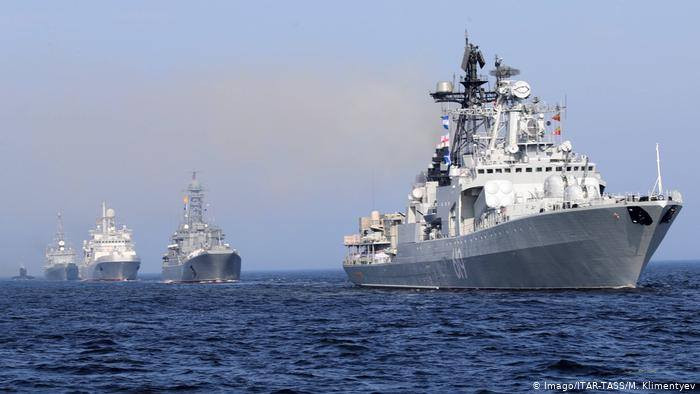
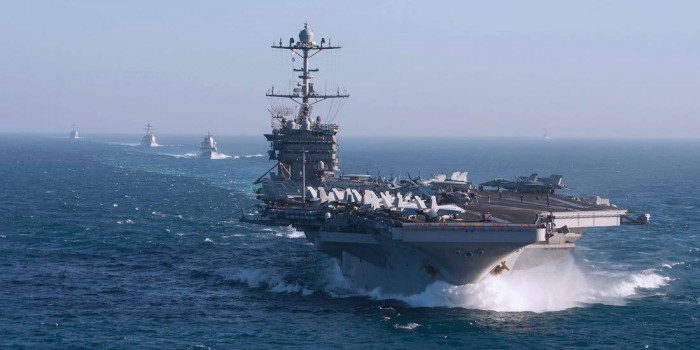
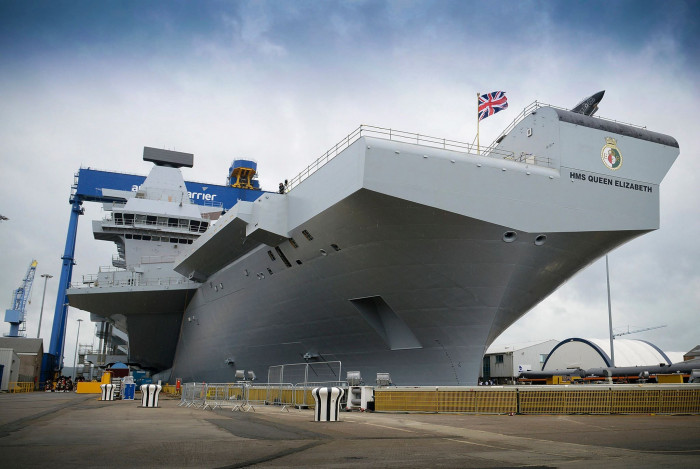
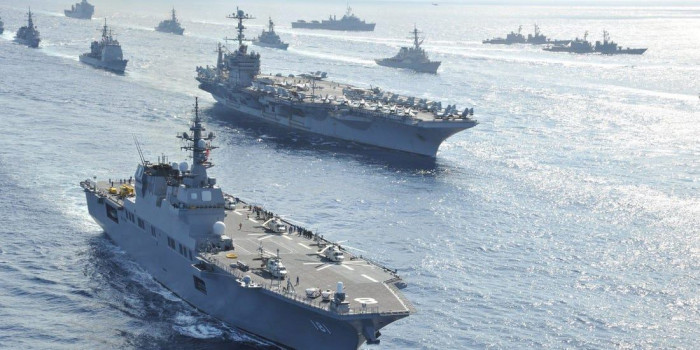
MAMUL.am - News from Armenia, Artsakh (Nagorno-Karabakh) and the world
Republication or redistribution of MAMUL.am content is expressly prohibited without the prior written consent.
Address: 1 Charents str., Yerevan, Republic of Armenia.
Tel.: +374 (10) 55-20-59
E-mail: info@mamul.am
Tel.: +374 (91) 99-22-02
E-mail: marketing@mamul.am























